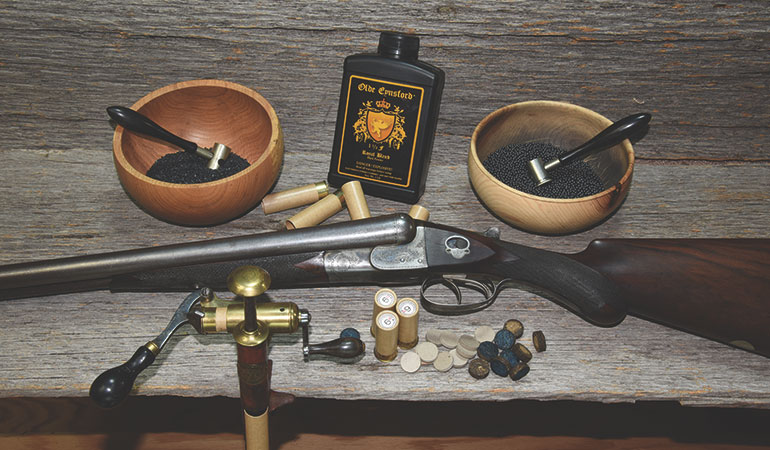I have an LC Smith 12 gauge made in 1907, which I inherited from my grandfather. He, and I before I learned better, routinely used heavy hunting loads (1.25 oz lead, 1330 fps) with it. It has been examined by a gunsmith and the stock head glass bedded to take care of what was, for an Elsie of this age and use, fairly limited deterioration of the stock head. The gunsmith advised that the barrel steel is substantial and will tolerate shells loaded to SAAMI specifications, but that velocity should be kept down to protect the stock.
I would like to use it for turkey hunting this spring and want to reload for this purpose. Hogdon's website gives the following as the mildest 1.25 ounce load:
Cheddite hull and primer, WAA12F114, Longshot 29.8 gr, 8,000 psi, 1330 fps
I am interested in reducing the powder to get the velocity down to 1100-1200 range, preferably closer to 1100. I do want to use 1.25 ounces of shot. I have or can easily obtain all of the components. I do not have a chronometer. Does anyone have a load meeting my specifications? Results of pressure or at least velocity testing would be much appreciated. Thanks in advance.
I would like to use it for turkey hunting this spring and want to reload for this purpose. Hogdon's website gives the following as the mildest 1.25 ounce load:
Cheddite hull and primer, WAA12F114, Longshot 29.8 gr, 8,000 psi, 1330 fps
I am interested in reducing the powder to get the velocity down to 1100-1200 range, preferably closer to 1100. I do want to use 1.25 ounces of shot. I have or can easily obtain all of the components. I do not have a chronometer. Does anyone have a load meeting my specifications? Results of pressure or at least velocity testing would be much appreciated. Thanks in advance.





